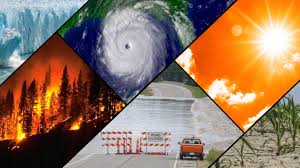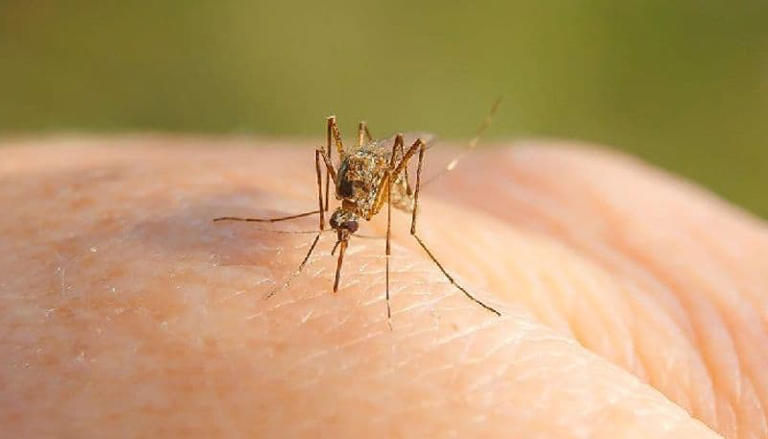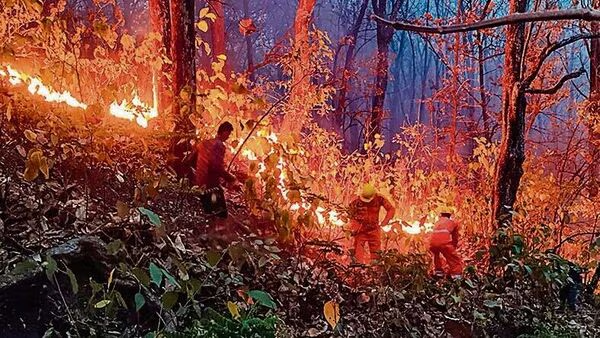The Supreme Court ordered the MoEFCC to submit State Expert Committee findings on unclassified forests owing to concerns about the validity of the Forest (Conservation) Act Amendment 2023, which affects the conservation and probable diversion of these woods.
What are the present issues?
- The missing forests in SECs
- Undercut the prior judgement: The MoEFCC informed a Parliamentary Committee that SECs had identified unclassified forests, which aligned with the proposed Forest (Conservation) Act Amendment, notwithstanding earlier criticism that the bill undercut the Godavarman decision.
- However, an RTI application found that the MoEFCC claimed not to have the SEC reports, casting doubt on its statement to the Parliamentary Committee.
- Lack of validated data: Following a Supreme Court ruling, the MoEFCC posted the SEC reports, but they revealed a lack of reliable information on the identity, status, and location of unclassified woods.
- Seven states and union territories, including Goa, Haryana, and Tamil Nadu, did not form SECs, while others did not completely comply with Supreme Court directions.
- Non-traceable Forest: Ladakh established an SEC only after the dissolution of Jammu and Kashmir, and Puducherry’s report was pronounced “not traceable,” showing anomalies in the process.
2. Disagreement with FSI data
- Insufficient timeline: Many states believe that the Supreme Court’s one-month deadline was insufficient for complete work owing to the task’s size.
- Relied on existing data: Rather than completing ground-truthing, physical cadastral surveys, and delineation of unclassified forest lands, most states relied on forest and revenue department data. Some states, such as Manipur and Sikkim, merely cited data from the Forest Survey of India.
- Question about Data: The data’s trustworthiness is called into doubt, as Haryana’s report is unclear about data sources and compilation dates. Only nine states reported the amount of unclassified woods, while the remainder concentrated on the various categories of forest lands listed in the order.
3. Lack of clarity in the Reports:
- Most states and UTs neglected to describe the geographic locations of forests in their SEC reports, making the information given mostly ineffective for correct identification and preservation.
- Tripura was an outlier, supplying Khaitan statistics for forest areas above what was officially reported, although land categorization remained ambiguous.
- Lack of on-the-ground verification: The SEC’s failure to conduct on-the-ground verification may have resulted in extensive destruction of forests that should have been recognised and preserved nearly 30 years ago.
- Kerala’s SEC’s exclusion of biologically significant places such as Pallivasal and Chinnakanal unreserves, which are crucial for wildlife corridors and conservation, demonstrates a lack of vigilance in identifying and safeguarding vital forest areas.
Suggested measures:
- Extended schedule: Give governments a more realistic schedule for conducting complete surveys and data verification, taking into account the volume of the job and the importance of accuracy.
- Ground Truthing and Surveys: States must perform ground truthing, physical cadastral surveys, and demarcation of unclassified forest lands to guarantee proper identification and mapping of forest areas.
- Data Verification: To guarantee dependability and consistency, implement processes for evaluating and cross-referencing data acquired from multiple sources, such as forest and revenue agencies, as well as the Indian Forest Survey.
Source: https://www.thehindu.com/sci-tech/energy-and-environment/unclassed-forests-missing-27-year-delay-to-file-state-sec-reports-analysis/article68117352.ece#:~:text=The%20Forest%20Survey%20of%20India's,cycle%20of%20the%20Survey's%20review.










